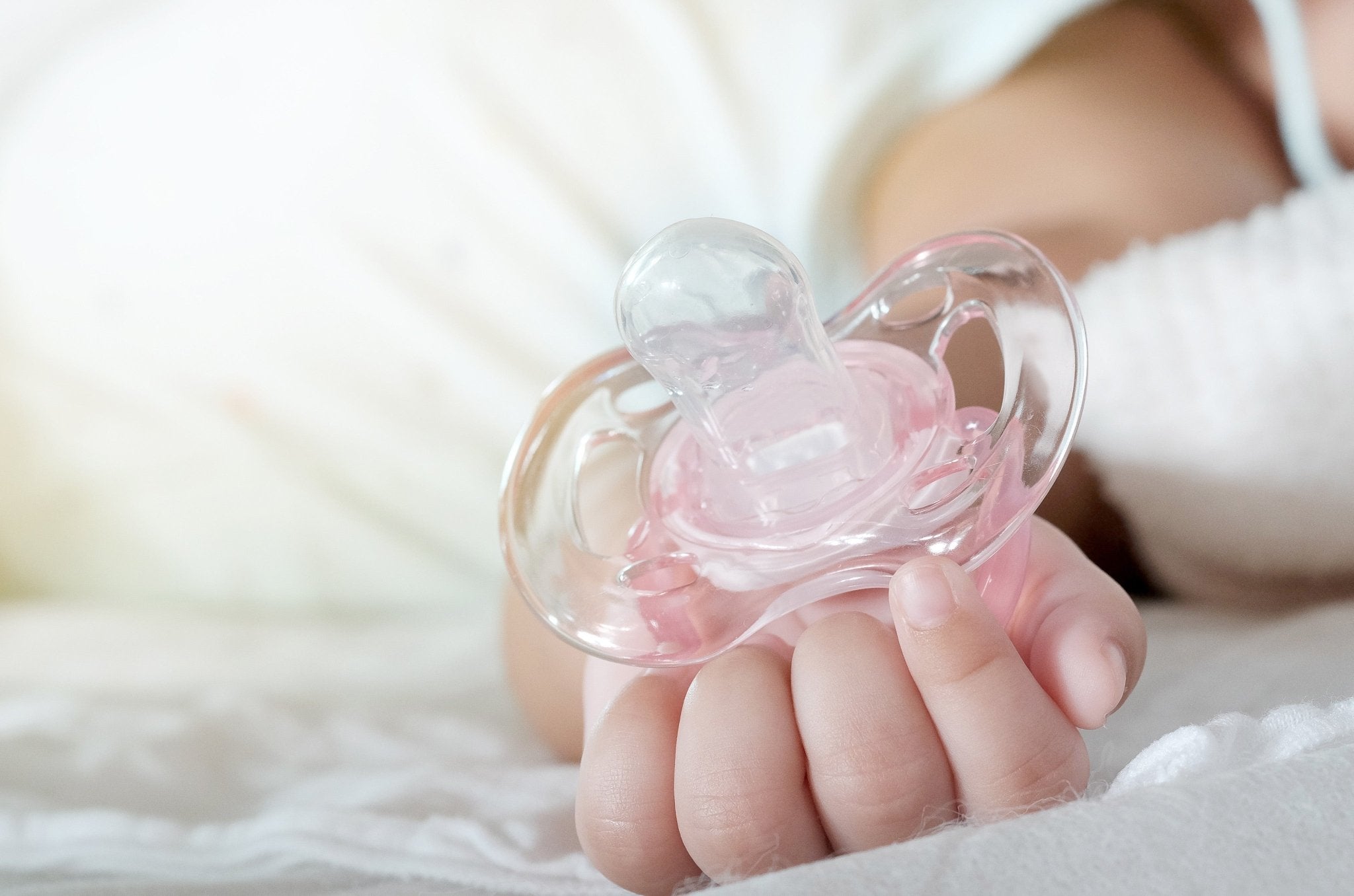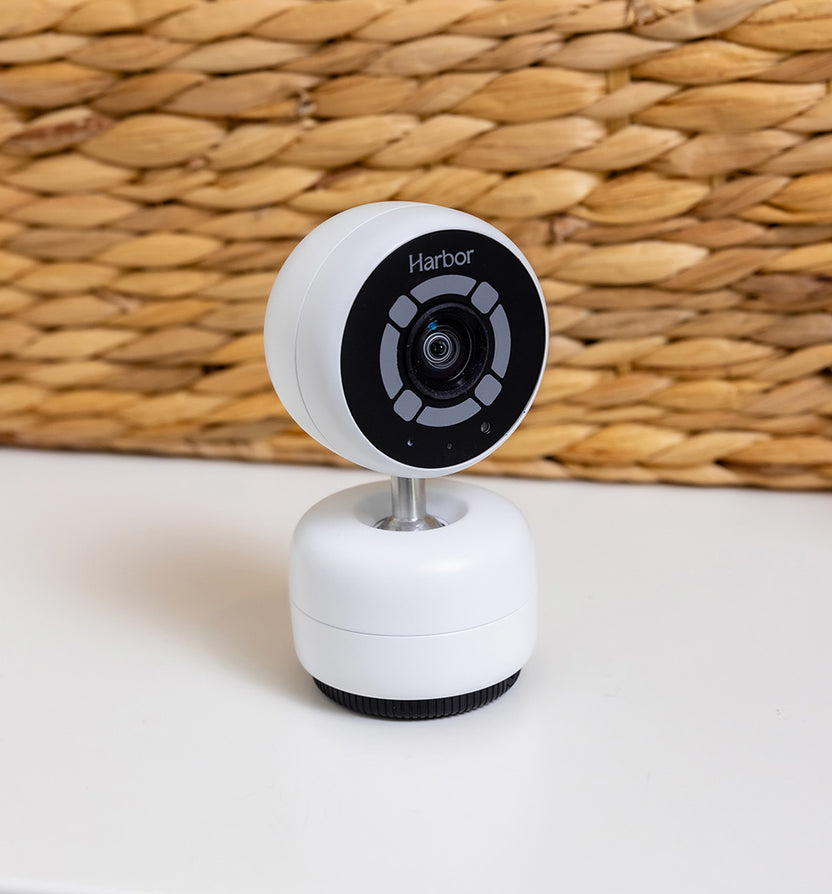
Being woken up at night because baby lost their pacifier can be frustrating. And while finding ways to eliminate the need to replace baby’s pacifier can improve sleep quality for both baby and parents, it’s not one-size-fits-all.
There are three common ways to reduce pacifier-related nighttime wakings: you can eliminate the pacifier altogether, restrict use to daytime waking hours, or teach baby to replace the pacifier on their own. The approach you take will depend on baby’s readiness and your family’s needs. And no matter which strategy you choose, encouraging independent self-soothing will unlock success.
Choose your approach
Consider baby’s developmental abilities and your family’s needs when deciding which pacifier replacement approach to take. Outlining pros and cons can be helpful:
Eliminate the pacifier altogether
Pros:
- Encourages baby to develop other self-soothing techniques
- Eliminates dependency on the pacifier for sleep
- Eliminates the issue of nighttime wakings related to pacifier loss
Cons:
- Can lead to increased crying and discomfort at the outset
- May take time for baby to find to new self-soothing techniques
How to do it:
- Gradually reduce pacifier use during naps and bedtime
- Offer alternative comfort objects, like a blanket or stuffed animal
- Provide extra soothing and reassurance during the transition period
- Be consistent and patient as baby learns to self-soothe without the pacifier
Restrict pacifier use to daytime waking hours
Pros:
- Allows baby to continue using a pacifier during the day for comfort
- Gradually weans baby off the pacifier for sleep without abrupt changes
- Can be easier for babies who rely heavily on a pacifier for comfort
Cons:
- Requires monitoring and consistency to ensure the pacifier is not used at night.
- May lead to some initial resistance and increased crying at bedtime
How to do it:
- Gradually limit pacifier use to specific times of the day
- Remove the pacifier from the sleep environment and establish a bedtime routine without it present
- Provide alternative soothing methods, such as a bedtime story or gentle rocking
- Be consistent with the new routine until baby has adjusted
Teach baby to replace the pacifier on their own
Pros:
- Allows baby to maintain the comfort of the pacifier
- Encourages independence and self-soothing skills
- Reduces the frequency of parental intervention during the night
Cons:
- Baby needs to have developed the motor skills needed to replace the pacifier independently
- May require extra effort to teach the baby this skill
How to do it:
- Place 3–5 pacifiers in the crib within easy reach
- During daytime naps, practice encouraging your baby to find and replace the pacifier
- Gradually reduce nighttime assistance in replacing the pacifier when it falls out
- Praise and encourage baby when they replace the pacifier on their own
Practice pacifier self-retrieval while awake
Whether or not you plan to teach baby to replace the pacifier on their own at night, it can be a helpful daytime skill for them to develop.
Just as tummy time strengthens baby’s muscles, pacifier self-retrieval during waking hours nurtures their independence.
During supervised tummy time, place 3–5 pacifiers within arm’s reach and encourage baby to pick them up and place them in their mouth. Praise baby when they successfully place the pacifier in their mouth to reinforce the behavior.
Provide encouragement and support
Changes to routine, especially when they involve comfort objects, can be challenging. No matter which method you choose, stay consistent, calm, and attuned to baby’s cues. You may need to adjust your approach to ensure their comfort and security as they learn a new skill.
Encouraging independent self-soothing will be valuable here, too. Establish a consistent bedtime routine and a calming sleep environment, and give baby a chance to settle themselves before intervening when they wake.
To recap
Whether you’re weaning baby off of the pacifier or teaching them to replace it when it falls, addressing pacifier-related wakings and encouraging baby to self-soothe can lead to better sleep for the whole family.
If you encounter any roadblocks or have questions about nighttime pacifier usage, remember that Harbor is here to support you and your family in whichever approach you choose.




